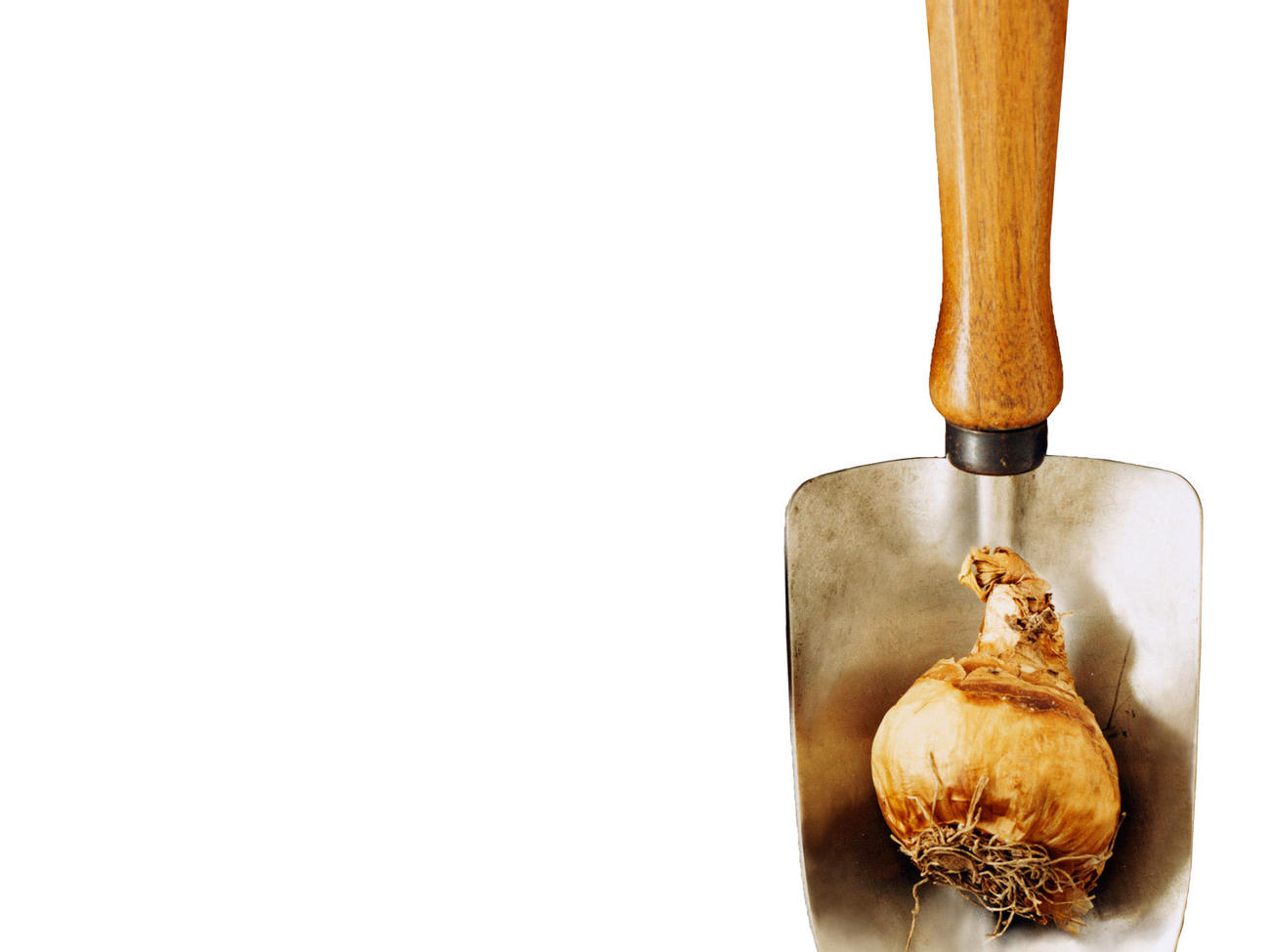
November

Plant
For reliable fall color in the warmest areas of the Southwest, try these trees: Arizona ash (Fraxinus velutina ‘Bonita’), Red Push pistache (Pistacia ‘Red Push’), and Western cottonwood (Populus fremontii).
If you don’t have room for a tree but still want some autumn color in the garden, plant skunkbush (Rhus trilobata), a compact deciduous shrub that goes from yellow to red, or hacienda creeper (Parthenocissus), a trailing vine that takes on orange and red hues.
Bury spring- and summer- flowering bulbs. A few of our favorites are dwarf iris, oxblood lily (Rhodophiala bifida), and species tulips such as Tulipa clusiana or T. c. chrysantha.
Along a pathway or beneath a ferny tree, plant perennial South African bulbines. Grow the species (Bulbine frutescens) for yellow flowers, or ‘Tangerine’, a dwarf form, for orange ones. Both varieties flower in spring and have long, slender, succulent leaves.
Get garlic in the ground before the month’s end. Consider planting it in your rose beds, if you have them, as some people think that garlic helps repel pests such as aphids and borers.
Plant gazanias for late- winter and early-spring blooms. Our picks: Gazania krebsiana, which has orange flowers, and ‘Butterscotch Baby’, a cold-hardy hybrid with yellow blooms.
Maintain
Feed succulents that begin to grow after summer dormancy. Give those in containers a half- strength dose of fertilizer.
Stop watering asparagus at the first sign of browning leaves. This gets them ready for dormancy.
